Guidance on whether to wear a face mask to limit the spread of coronavirus has been evolving. The Taoiseach says the Government is now advising people to wear face coverings on public transport and in crowded places indoors. It is still most important to limit trips outside and to wash your hands frequently. As the Chief Medical Officer, Dr Tony Holohan, warned today, face coverings are not “some kind of magic shields against the disease”.
Most people should not use medical-grade masks, which must be reserved for frontline healthcare workers. But those who are sick with Covid-19 can help limit the spread of respiratory droplets by wearing a mask, and that applies to those who are asymptomatic or undiagnosed as well.
This article comes with a PDF that repeats the instructions below and also includes a cut-and-stitch pattern to help make your fabric face mask. Once you have downloaded the PDF, set your printer to print it at actual size.
To sew a mask at home, you will need:
Tools
– Needle and thread (and a sewing machine, if you have one)
– Scissors
– Pins or clips to hold fabrics in place (safety pins and paper clips will also work in a pinch)
Materials
– At least 20in by 20in of 100 per cent cotton fabric, such as a flat tea towel
– Four strips of cotton fabric for ties, 18in long and ¾in wide
or
– Four flat, clean shoelaces
or
– Two flat ¼in sewing elastics that are each 7in long
Step 1: Prepare your materials

Choose your piece of cotton fabric, prewash it on the warmest setting and, if using a tumble dryer, dry it on high heat.
Tea towels are better to use than T-shirts or bed linens, according to the Stanford Anaesthesia Informatics and Media Lab, in the United States.
Fold the fabric in half. Measure and cut out a 9½in-by-6½in rectangle to create two identically sized layers. This is your mask base.
Now it’s on to the fabric ties.
Cut four thin pieces of material, about 18in long and ¾in wide. Fold each piece of fabric twice lengthwise, then once more to tuck the rough edges inside. Sew a straight line along the middle. This will prevent the fabric ties from having frayed edges.
Step 2: Adding the ties

Take one of your rectangular fabric layers. With the “right side” (or the outer-facing side, where the pattern might be) facing you, pin down the four fabric ties, one piece per corner. Make sure that the ties are gathered in the centre of the fabric layer before advancing to the next step.
You can also substitute sewing elastic for fabric ties, but note that elastic cannot be bleached (and therefore, is not as easy to clean) and that anyone with a latex allergy cannot wear it.
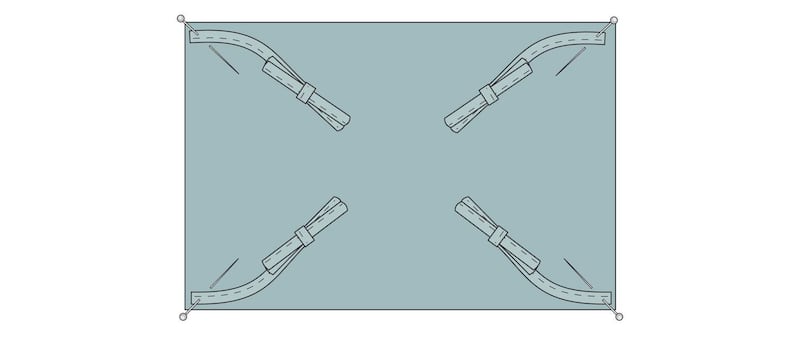
Attach elastics to the first layer of fabric by securing the ends at the corners, forming little hoops. Make sure the elastic lies inside the perimeter of your fabric.
Step 3: Putting it together
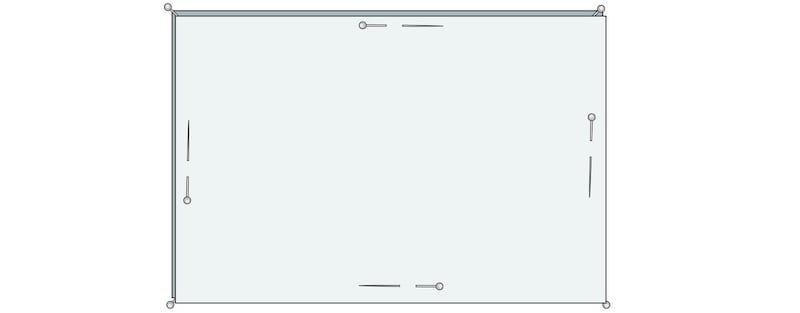
Take the second layer of fabric and line it up with the first. The “right sides” (or patterned sides) of the fabric should be facing each other, sandwiching the fabric ties or elastics. Secure the fabric sandwich together with pins.
Step 4: Start stitching
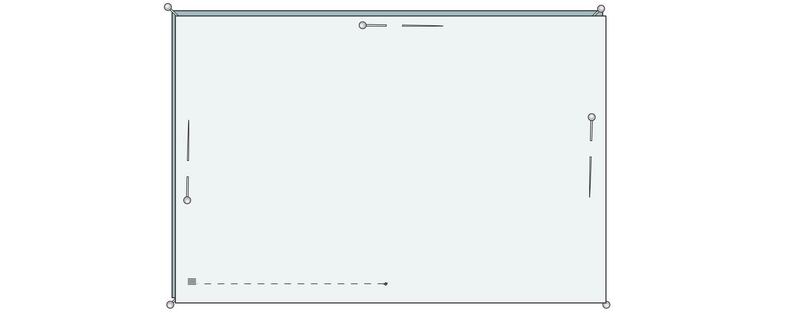
Eyeball a midway point. From the middle, sew a straight line across the mask, about ¼in above the bottom edge of the fabric, toward the bottom left-hand corner. Remove any pins as you sew past them.

Make sure that the elastic or fabric ties are secured in the corners, sandwiched by your two layers of fabric, as you sew over their ends. You want to make sure your needle goes through the three pieces: the top layer, the end of the fabric tie, and the bottom layer. Add a couple of stitches forward and backward (in both directions) to secure your ties in place.
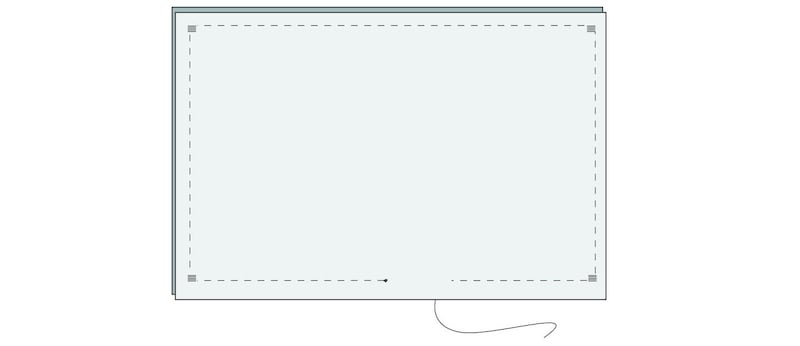
Step 5: Stitch all around
Stitch all around the perimeter of the fabric layers, repeating the forward and backward motion at each corner to secure all the elastic ends or fabric ties.
Continue to stitch your way toward the starting point, but stop to allow for a 1½in gap.
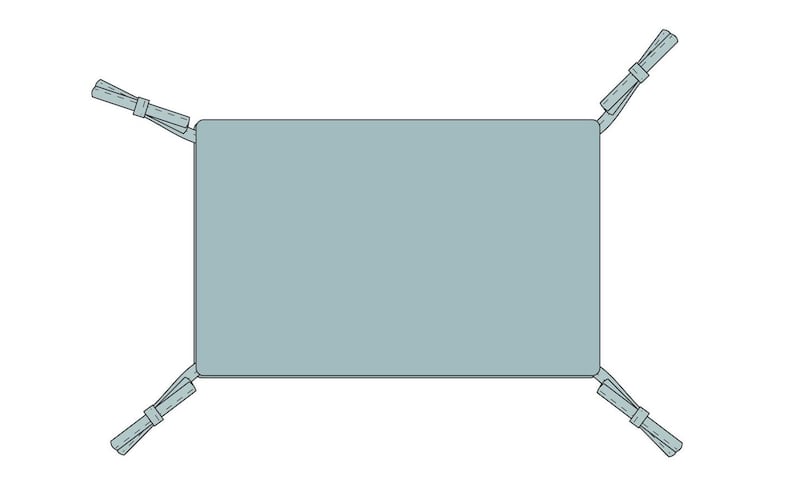
Step 6: Turn out
Turn your project right-side out from the little 1½in gap. Your fabric ties or elastics should now stick out, like little legs.
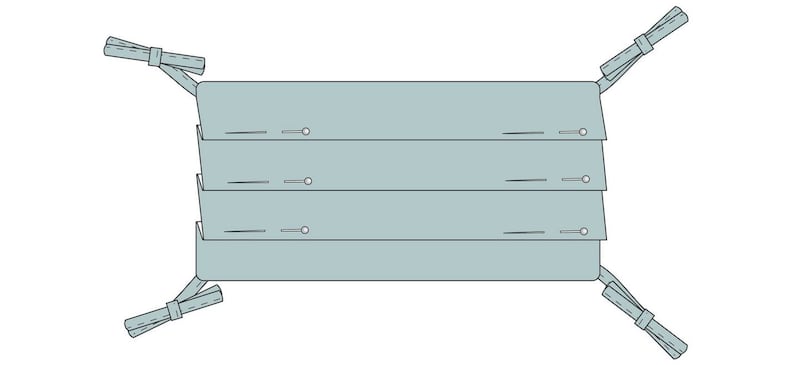
Step 7: Pleats please
Make three staggered pleats lengthwise on the mask, as if folding a paper fan. This helps the mask conform to the wearer’s face. Secure each pleat with pins.
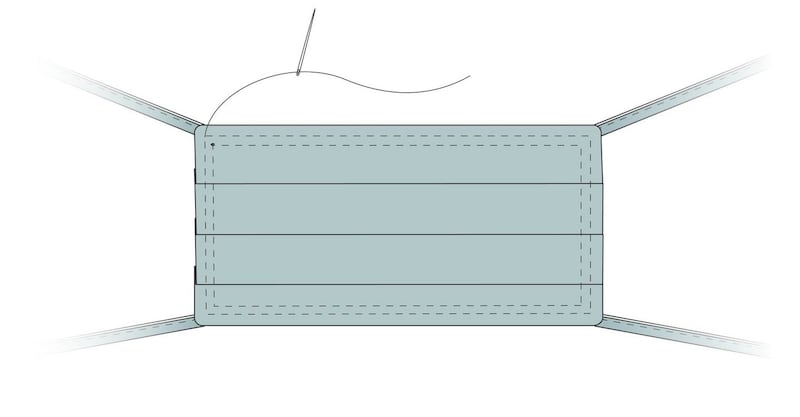
Step 8: Finishing up
With your pleats held in place by pins, stitch around the perimeter of the mask, ¼in away from the edge of the seam. This is called a top stitch. Take care when stitching over the pleats as the fabric may be quite thick.
Top stitch a second time around, about ¼in in from the first round of stitching. Now you have a completed mask.
Questions answered
What kind of tea towel should I use?
Use one made of 100 per cent cotton if you can; avoid using a terry-cloth towel, as the loops of thread that make terry cloth absorbent could also trap bacteria and other harmful particles.
Are there any other materials I can use to make a mask?
Definitely. Scientists who are working to identify which everyday materials best filter microscopic particles have found that high-thread-count cotton used for quilts, as well as pillowcases and bed linens, seem to work well. You can layer these materials to increase the filtration efficiency of your mask, but remember: You'll still need to be able to breathe through it.
Any mask-wearing tips I should know?
The mask should fit snugly over the bridge of your nose and under your chin. Do your best to tighten the loops or ties so there are no gaps. Once you put it on, try not to fidget with it. In particular, don't touch the front of it, and don't pull it under your nose or rest it under your mouth or chin. When you take it off, put it in a plastic bag until it can be laundered, then wash your hands immediately. (Apartment dwellers should put their masks on and remove them while inside their homes. Lifts and stairwells can be high-contamination areas.)
How should I wash my mask and keep it clean?
Wash it separately from your other laundry if you can; use the hottest water available and regular detergent. Putting bleach on your personal face mask is not recommended.
How often can I reuse it?
As often as you wash it. – New York Times, with adaptations









